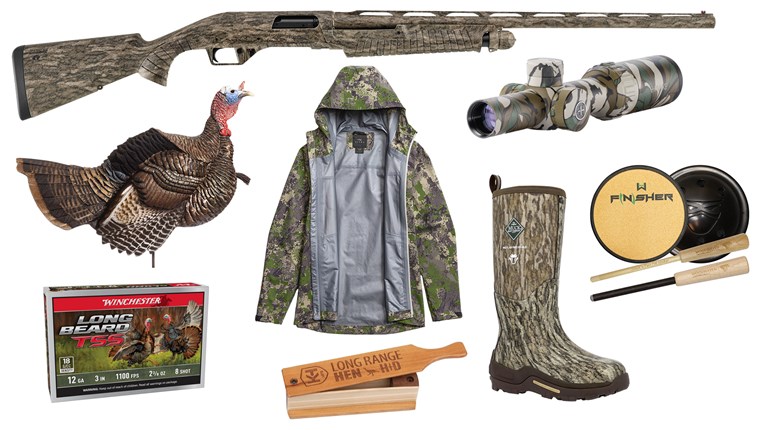
In a recent discussion, the subject of half-cock notches came up as to whether or not they could or should be considered a safety mechanism. To my way of thinking, leaving the hammer in the half-cock notch when not shooting is an excellent way to ensure the gun won’t fire until I’m ready to fire it. I’d like your perspective as to whether my logic is sound.
Robert Adams, Houston, TX
Half-cock notches are found on many firearms with exposed hammers. They are found on shotguns, rifles, revolvers and pistols from a variety of manufacturers. In some guns they are considered active safeties and passive in others. The difference is one is manually operated, while the other is mechanically operated internally—without human intervention.
An example of a mechanically operated variant could be demonstrated by how a hammer-fired single-barrel shotgun works: Once fired, the hammer is left resting against the firing pin. Upon opening the shotgun to remove the fired shell, the hammer is cammed back slightly to engage a half-cock notch, which holds the hammer away from the firing pin until it is manually cocked and the trigger is pulled to fire another shot. If this weren’t the case, and the hammer were left resting on the firing pin, this could cause a failure of the barrel to close due to the firing pin protruding from the breechface, or the possibility of an unintentional discharge from an unexpected blow to the hammer while resting against the firing pin.
Many lever-action rifles have external hammers with half-cock notches. For many years, this was considered an adequate safety position for the hammer when the rifle was in the carry mode. The problem is, when the rifle is loaded and a round chambered, the hammer is left in the cocked position. The only way to release it to the half-cock notch is to pull the trigger and ease the hammer forward with the thumb or finger. For those with minimal dexterity or just not paying attention, this creates a dangerous potential to release the hammer too quickly or too far forward. In either case, an unexpected discharge could occur. To eliminate the potential hazard, many recently manufactured lever-action rifles have a manual safety to block the hammer from contacting the firing pin.
Quite a few single-action revolvers have a half-cock notch. On these revolvers, the notch is not considered a safe position for carry conditions. In fact, for years it was customary to carry these guns with the hammer fully forward on an empty chamber. Many single-action revolvers of modern manufacture have built-in safety mechanisms, blocking the hammer or firing pin and reducing the need for the empty chamber under the hammer. Always heed the owner’s manual applicable to your particular model of single-action revolver, as they sometimes vary from brand to brand in their manual-of-arms.
The most widely known semi-automatic pistol possessing a half-cock notch is the age-old 1911. Contrary to popular belief, the half-cock notch on the hammer of the 1911 is not a carry location. Rather, it is a passive safety to keep the hammer from striking the firing pin should the single-action notch on the hammer or the sear-engagement surfaces fail to maintain their intended relationship. There are two points to remember here: First, in order for a loaded 1911 to be placed in the half-cock notch, the trigger has to be pulled and the hammer has to be manually lowered to the half-cock notch, as with the lever-action rifle.
This creates the potential problem of inadvertent release of the hammer, which has the possibility of striking the firing pin with sufficient force to fire the pistol. The second involves something I discovered and proved multiple times while working as an expert witness in legal cases involving the unintentional discharge of 1911s with the hammer resting at the half-cock notch. In more than half of the test attempts, the energy of the hammer of a stock 1911 pistol was sufficient to fire the gun from the half-cock position. Hence my reasoning for following most 1911 manufacturer’s recommendations and not using the half-cock notch as a safe means of carrying a loaded pistol.
The best advice regarding the use and description of the half-cock notch is to read and follow your particular firearm’s owner’s manual.





































